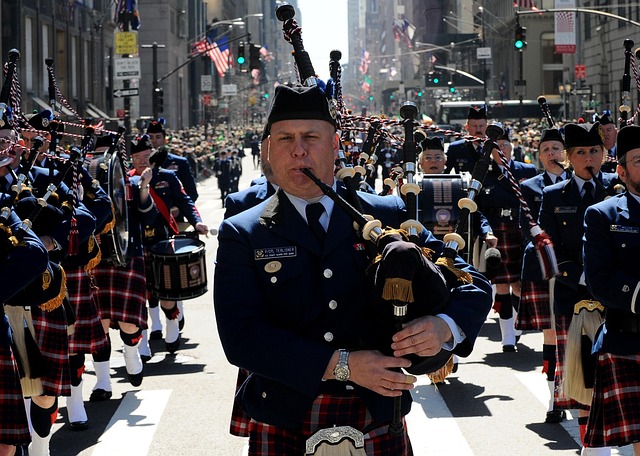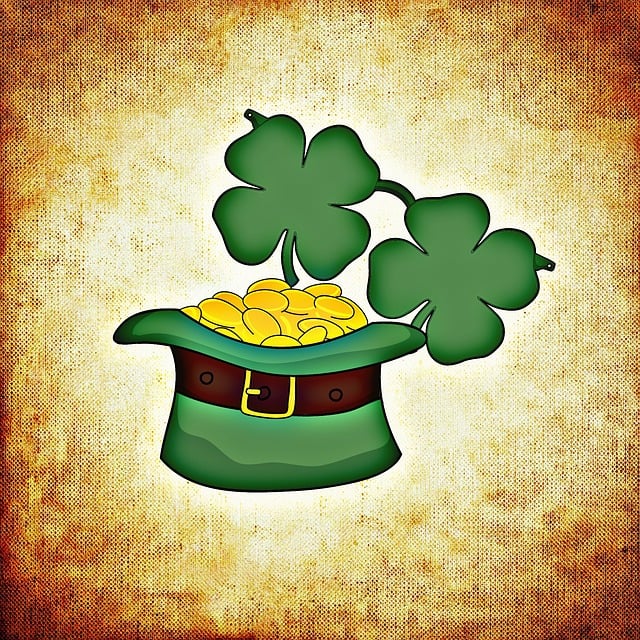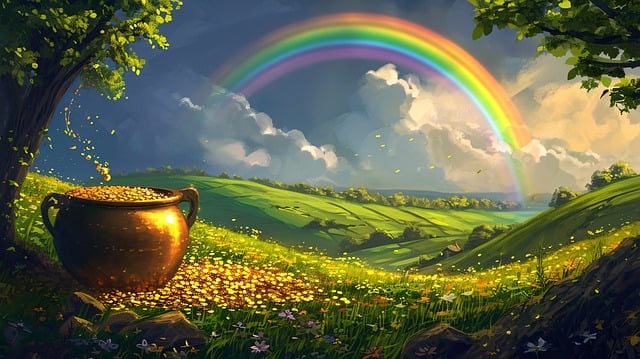St. Patrick’s Day is a global celebration that transcends borders, bringing people together to honor Irish culture, heritage, and history. The day, which falls on March 17th each year, commemorates the life of St. Patrick, the patron saint of Ireland, who is widely credited with bringing Christianity to the island. While St. Patrick’s Day has deep cultural and religious roots, it has evolved into a festive occasion enjoyed by people of all backgrounds, marked by parades, music, food, and of course, the famous green attire. But what is the real story behind the holiday, and how did it become such a worldwide phenomenon?
The Origins of St. Patrick’s Day
St. Patrick was born in the late 4th century in Britain, and at the age of 16, he was captured by Irish pirates and brought to Ireland as a slave. After six years, he escaped, returned home, and later became a Christian missionary. He eventually returned to Ireland to spread Christianity, using the three-leafed shamrock as a symbol to explain the concept of the Holy Trinity to the Irish people. His missionary work and efforts to convert the Irish to Christianity were instrumental in shaping Ireland’s religious landscape.
St. Patrick died on March 17th, 461 AD, which is why his feast day is celebrated on this date. Originally, the day was a solemn religious occasion in Ireland, where Catholics attended church services in honor of the saint’s contributions to the country. But over time, the holiday became more celebratory, especially as Irish immigrants brought their traditions to the United States.

The Evolution of St. Patrick’s Day Celebrations
The first St. Patrick’s Day parade wasn’t held in Ireland, but in the United States. In 1762, Irish soldiers serving in the British army marched through New York City to celebrate their heritage. Over the next century, the Irish-American community began to use St. Patrick’s Day as a way to unite and assert their identity, especially in the face of discrimination and marginalization. Parades became more elaborate, and the day evolved into a broader celebration of Irish culture.
The Irish influence in America grew stronger with the wave of Irish immigrants during the 19th century, especially during the Great Famine of the 1840s. As Irish immigrants settled in the U.S., St. Patrick’s Day became a symbol of pride and solidarity. By the late 19th and early 20th centuries, the festivities included wearing green, drinking Irish whiskey or beer, and participating in public parades featuring bagpipes, marching bands, and traditional Irish dancing.

Traditions and Symbols of St. Patrick’s Day
Today, St. Patrick’s Day is celebrated with a mix of Irish and American traditions, and it has become a day of revelry and community, often marked by specific symbols and customs.
The Shamrock: One of the most recognizable symbols of St. Patrick’s Day is the shamrock, a three-leafed clover. According to legend, St. Patrick used the shamrock to explain the Christian doctrine of the Trinity to the Irish, illustrating the Father, Son, and Holy Spirit as three distinct elements in one entity. The shamrock has since become a symbol of Ireland itself and is often worn on St. Patrick’s Day.
Green Attire: The tradition of wearing green on St. Patrick’s Day has several possible origins. One theory is that green is associated with Ireland’s lush green landscape, which earned it the nickname “The Emerald Isle.” Another possibility is that green is linked to Irish nationalism, particularly during the 18th and 19th centuries when it became a symbol of Irish independence and resistance to British rule. Wearing green on St. Patrick’s Day is now a widely recognized tradition, and it’s even believed to make you invisible to leprechauns, mischievous creatures that pinch anyone not wearing green!
Leprechauns: Leprechauns are small, mythical Irish creatures often depicted as mischievous, bearded men wearing green coats and buckled shoes. According to folklore, leprechauns are a type of fairy who guards hidden pots of gold. Over time, these creatures became a central part of St. Patrick’s Day lore, appearing in parades, decorations, and even in various forms of pop culture. Their association with good fortune and gold has helped cement their place in the festivities.
Food and Drink: St. Patrick’s Day also has a strong culinary component. While traditional Irish dishes like corned beef and cabbage are often served at celebrations, the holiday is also a time for indulging in other Irish treats. Irish soda bread, shepherd’s pie, and Irish stew are staples of the day’s menu, while many people enjoy drinking Irish whiskey, Guinness beer, or the famous green-dyed beverages that have become synonymous with the celebration.

A Global Celebration
St. Patrick’s Day has transcended its origins as a religious observance and is now celebrated in countries around the world, often with large parades, music festivals, and street parties. Cities like New York, Boston, Chicago, and Dublin host some of the largest and most famous St. Patrick’s Day celebrations, drawing millions of people annually. In Chicago, for example, the city dyes its river green as part of the festivities, a tradition that has become a major tourist attraction.
While St. Patrick’s Day has its roots in Irish culture, it has become an inclusive celebration enjoyed by people of all backgrounds. In countries with large Irish diaspora communities, such as the U.S., Canada, Australia, and the U.K., the holiday is a time to come together and celebrate a shared connection to Ireland, whether through ancestry, culture, or simply the joy of reveling in the spirit of the day.
Conclusion: A Day of Unity and Celebration
St. Patrick’s Day is a celebration of more than just Ireland’s rich history and culture—it’s a celebration of unity, joy, and togetherness. Whether you’re attending a parade, enjoying a pint of Guinness with friends, or simply donning your favorite green attire, St. Patrick’s Day has a way of bringing people together to celebrate life, heritage, and the enduring legacy of St. Patrick himself. So, this March 17th, no matter where you are in the world, take a moment to honor the Irish traditions and enjoy the fun. After all, everyone’s a little Irish on St. Patrick’s Day!
